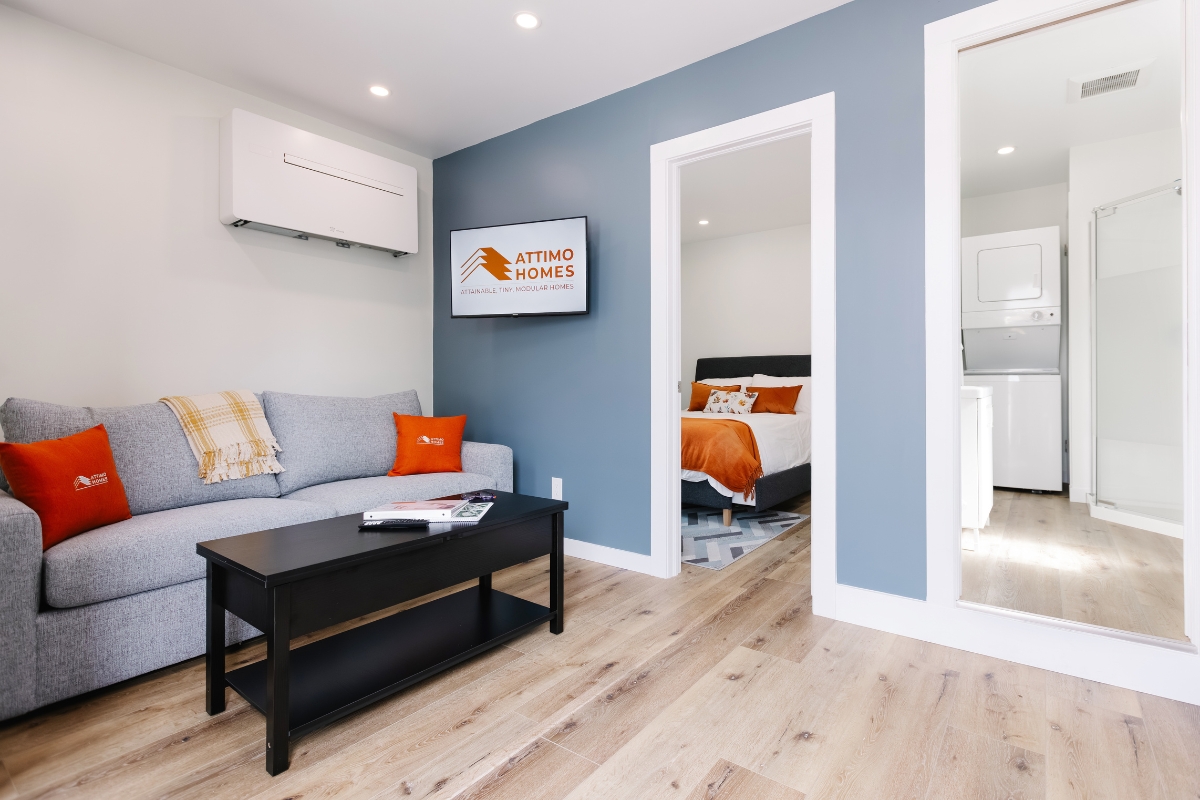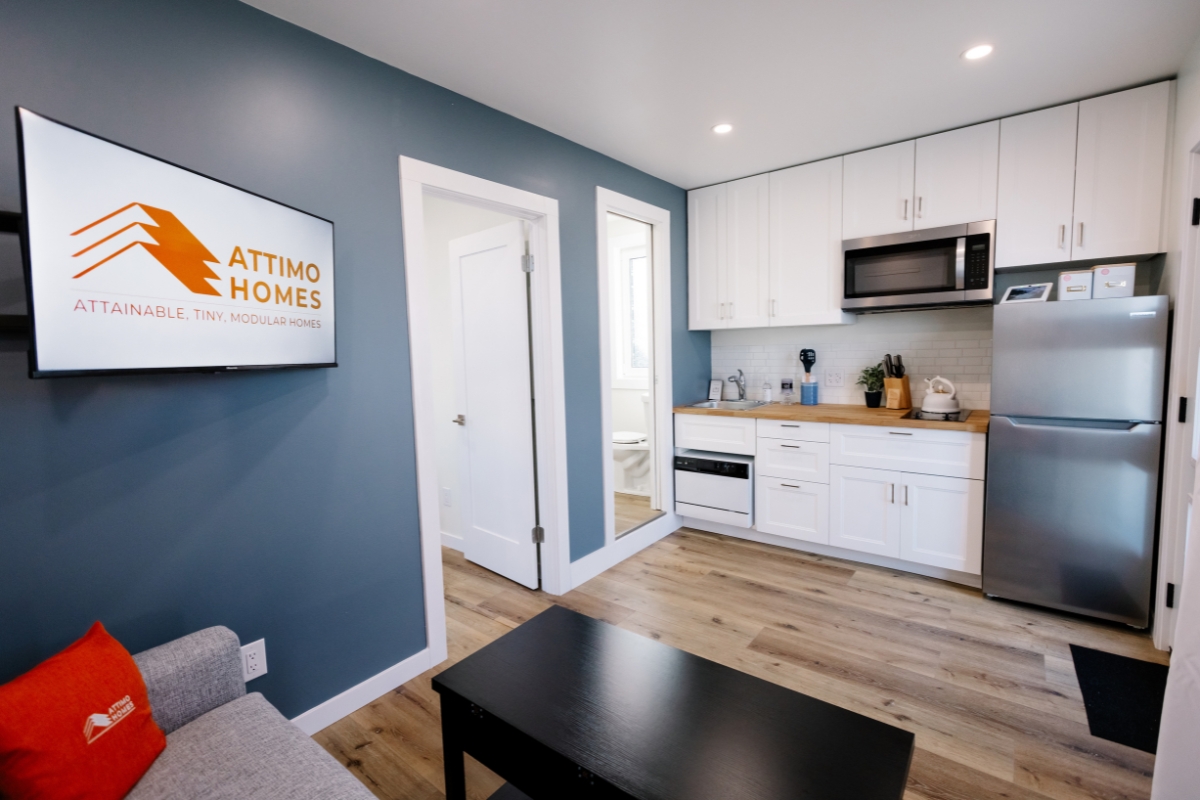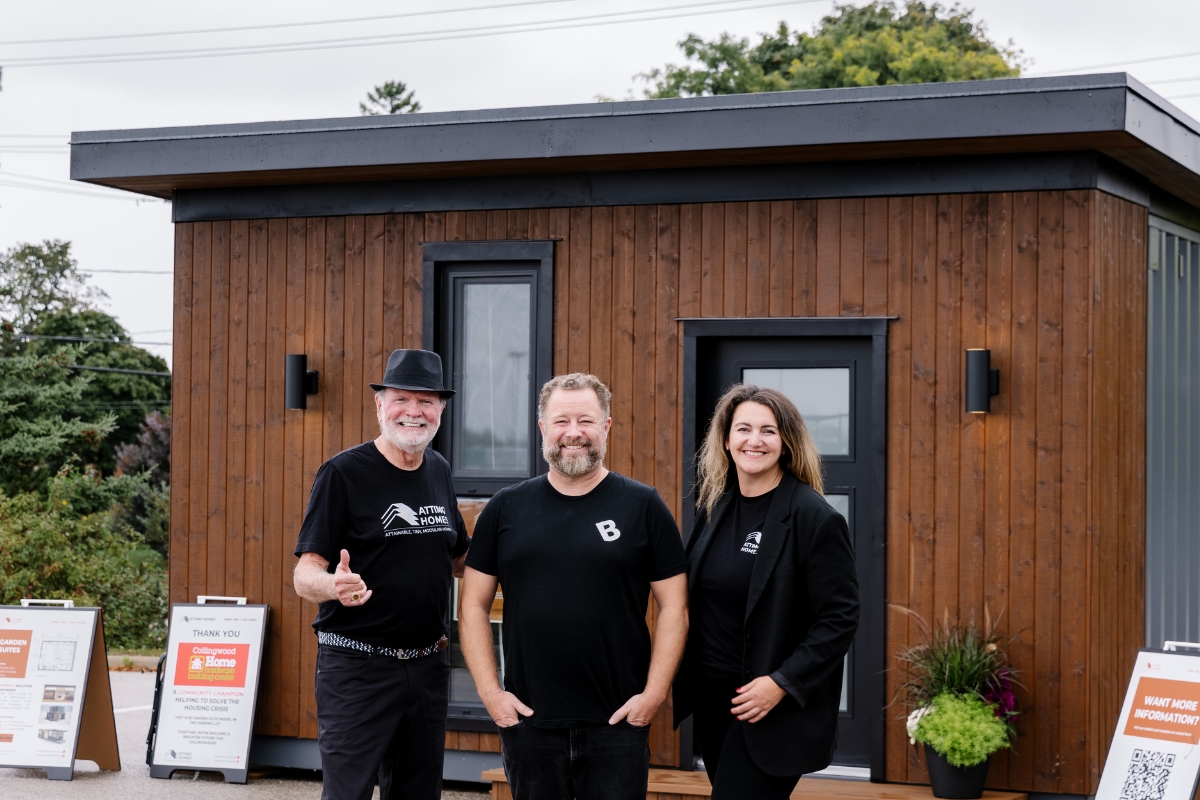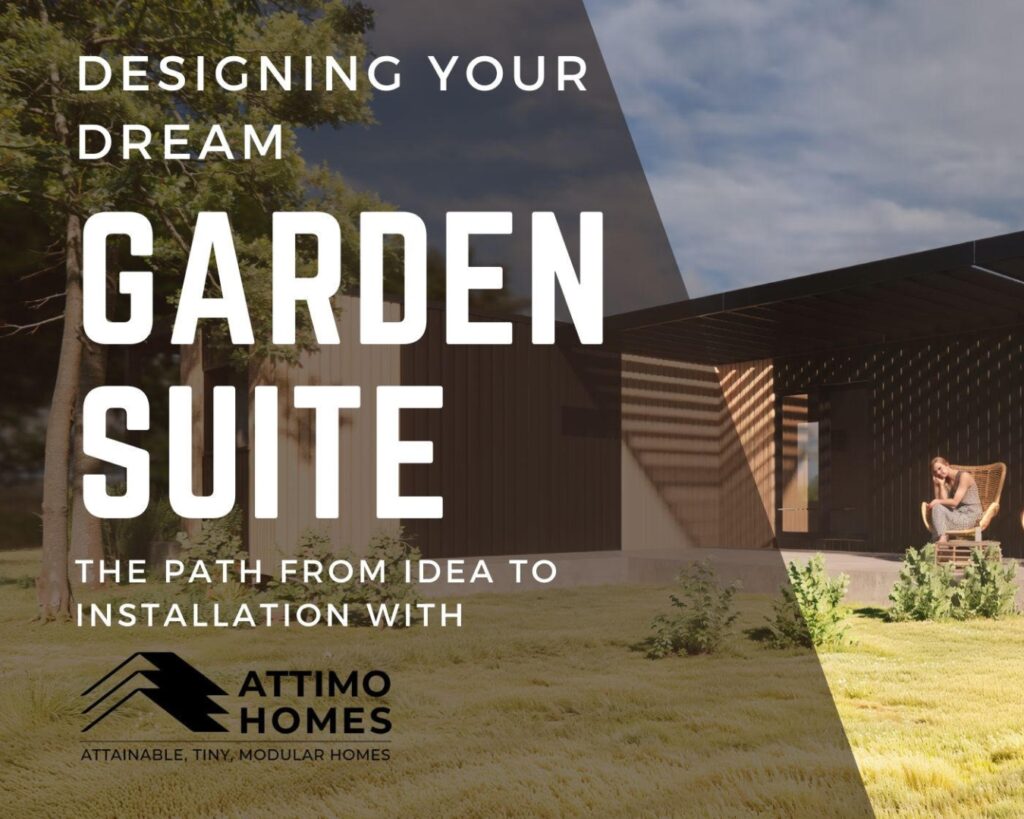Can I Add a Garden Suite
to My Lot?
What Every Homeowner
Needs to Check First
With rising housing costs and evolving family needs, Garden Suites—also known as Additional Residential Units (ARUs)—are becoming a popular way for homeowners to maximize their property’s potential. Whether you’re considering extra space for family, rental income, or aging in place, a Garden Suite offers a flexible and attainable solution.
But before you invest time and money into purchasing one, you need to ask can I add a Garden Suite to my lot? Is your property actually suited for a Garden Suite?
Many homeowners are eager to add a secondary unit, only to discover unexpected challenges—zoning setbacks, infrastructure limitations, or costly site upgrades—that delay or prevent their plans. In this guide, we’ll walk you through the key property considerations that determine whether a Garden Suite is feasible for your lot.


Zoning and Lot Size:
Do You Meet the Basic Requirements?
- Your Zoning Classification: Most residentially zoned properties allow a Garden Suite, but some areas have restrictions (e.g., heritage districts or environmentally protected lands). Check with your municipality.
- Lot Size Minimums: Some municipalities require a minimum lot size for detached ARUs, ensuring enough space for both the primary and secondary dwelling.
- Setback Requirements: Your Garden Suite must be a certain distance from property lines, the main house, and other structures. Common setback rules include:
> Interior Side Yard: Typically 1.2 meters
> Exterior Yard: Typically 6.0 meters
(Exact numbers vary by location—always confirm with your local planning department.)

Site Access & Parking: Can Your Property Support a Second Unit?
Beyond zoning, your property must have sufficient access for construction, services, and daily use. Consider these factors:
- Construction Access: Can a modular unit be craned in, or is there enough space for a site-built structure? Some lots with narrow side yards or no rear lane access may have challenges.
- Parking Requirements: Most municipalities require at least one dedicated parking space for a Garden Suite. If your driveway is already full, you may need to explore parking pads, shared spaces, or minor variances.
- Emergency Access: Fire codes often require a clear pathway for emergency services (firefighters, paramedics, etc.), typically at least 1.5 meters wide.
📌 Pro Tip: Even if your property meets the technical requirements, think about practical livability—Will you and your tenants have adequate parking and easy access?

Utility Connections: Can Your Property Handle the Extra Load?
- Water Supply: Your home’s existing water service must be able to accommodate another dwelling. In some cases, an upgrade to a larger water main may be required.
- Sewer or Septic Capacity: If your home is connected to municipal sewage, your town may require an engineering assessment to ensure your pipes can handle the additional wastewater. If you’re on septic, you’ll likely need a system review to determine if an expansion is needed.
- Electrical Load: A 100-amp service may not be sufficient for both the main house and Garden Suite. Many homeowners must upgrade to 200 amps, which can add $3,000–$6,000 to project costs.
- Gas & HVAC Considerations: If your main house has gas heating, extending it to the Garden Suite might be an option—but electric HVAC systems are often easier and more cost-effective. 📌 Pro Tip: Utility upgrades can significantly impact your budget. Before committing, get quotes from licensed professionals to assess the true cost of connecting your unit.

Site Grading, Drainage & Foundation Considerations
- Lot Grading & Drainage: If your property is sloped, drainage patterns may need to be adjusted to prevent water pooling around the Garden Suite. This may require regrading, retaining walls, or engineered drainage solutions.
- Foundation Type: Most municipalities require Garden Suites to be permanently affixed to the ground. Common foundation types include:
> Helical Piles (screw piles) – cost-effective, minimal excavation, ideal for modular builds.
> Slab-on-Grade – concrete slab for added durability.
> Crawlspace or Full Basement – allows for extra storage but adds cost.
📌 Pro Tip: Foundations affect both cost and installation timeline. If you’re considering a modular Garden Suite, check if the manufacturer has foundation preferences.

Special Considerations: Heritage, Environmental & Easements
- Heritage Properties: If your home is in a designated heritage district, your project may need special approval for design compatibility.
- Environmental Restrictions: Properties within conservation areas or the Niagara Escarpment Plan (NEP) may face extra hurdles, such as mandatory environmental impact studies.
- Easements & Underground Infrastructure: If your backyard has utility easements (e.g., hydro, sewer, stormwater drains), these can limit where a Garden Suite can be placed. Check property surveys or title documents.
📌 Pro Tip: Check property records early in the process to avoid last-minute surprises. Easements and conservation rules aren’t always obvious but can completely change your plans.
Final Thoughts:
How to Move Forward
If your property meets the basic zoning, access, and utility requirements, a Garden Suite is an excellent investment. However, for homeowners navigating these complexities, the best first step is a professional site assessment.
At ATTIMO Homes, we specialize in helping homeowners navigate the entire process—from property eligibility checks to site servicing, permitting, and installation.
Next Steps for Homeowners:
- Review your zoning regulations (or contact us for help).
- Assess your site layout, parking, and utility capacity.
- Book a consultation to explore design options and construction feasibility.
Want to explore whether a Garden Suite is right for you? Get in touch today to schedule a property eligibility check!
Visit Our Model Garden Suite at Collingwood Home Hardware
Contact Us: info@attimohomes.com | 647-938-9662
References
- Ontario Ministry of Municipal Affairs and Housing. (2023). Additional Residential Units in Ontario: Policies and Regulations.
- Canada Mortgage and Housing Corporation (CMHC). (2023). The Future of Housing: Exploring Secondary Units in Ontario.
- City of Toronto. (2022). Laneway Suites Program.
- Government of Canada. (2023). Housing Affordability and Multigenerational Living Trends. Retrieved from
- National Institute on Aging. (2023). Aging in Place: The Preferences of Canadian Seniors. Retrieved from
- Ontario Building Code. (2023). Building Standards for Secondary Units and Garden Suites.


